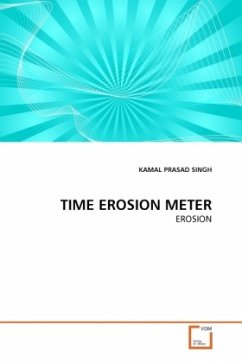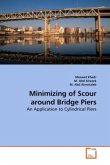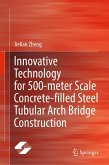Scour is the number one cause of bridge failures. Scour in coarse-grained soils (sand, gravel) is relatively well known, but scour in fine-grained soils (silt, clay) and weak rock is not. In coarse- grained soils, scour takes place very rapidly and the scour rate is rarely an issue because one flood is likely to create the maximum scour depth. In fine- grained soils, the scour process is much slower, as a result, even after a hundred years; a bridge may not yet experience the maximum depth of scour. Therefore, in fine- grained soils it becomes necessary to predict the rate at which scour takes place. To solve the above problem a new apparatus called the TEM (TIME EROSION METER) has been proposed after the studies. At present, the model, and both prototype of this apparatus have been successfully devised. From the experimental result of this apparatus, it is expected that this apparatus can be successfully put in use to measure the erosion rate of both fine-grained and coarse- grained soils in more rational way than the present practice.








